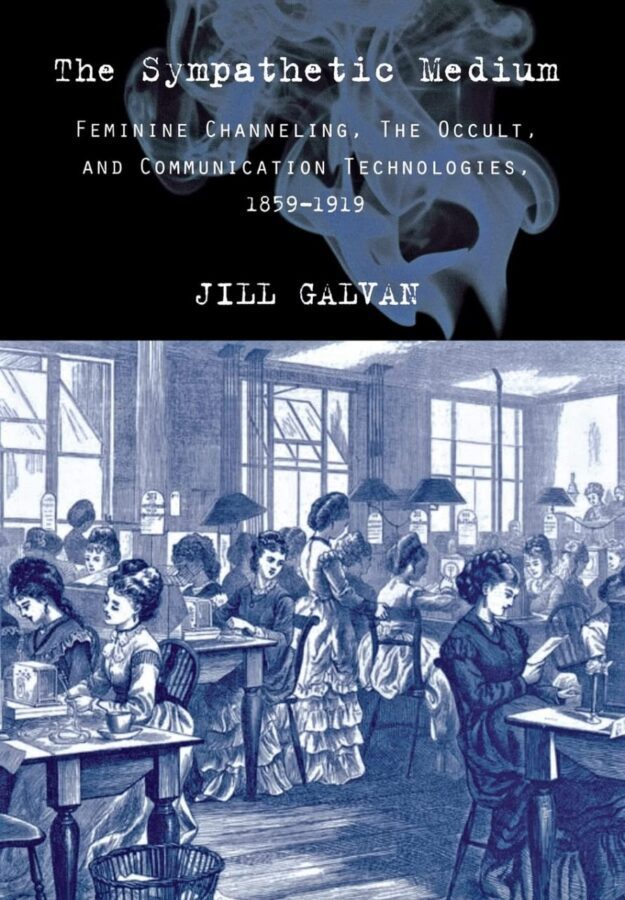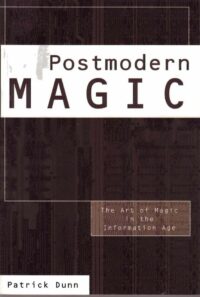“The Sympathetic Medium: Feminine Channeling, the Occult, and Communication Technologies, 1859–1919” by Jill Galvan

"The nineteenth century saw not only the emergence of the telegraph, the telephone, and the typewriter but also a fascination with séances and occult practices like automatic writing as a means for contacting the dead. Like the new technologies, modern spiritualism promised to link people separated by space or circumstance; and like them as well, it depended on the presence of a human medium to convey these conversations. Whether electrical or otherworldly, these communications were remarkably often conducted―in offices, at telegraph stations and telephone switchboards, and in séance parlors―by women.
In The Sympathetic Medium, Jill Galvan offers a richly nuanced and culturally grounded analysis of the rise of the female medium in Great Britain and the United States during the Victorian era and through the turn of the century. Examining a wide variety of fictional explorations of feminine channeling (in both the technological and supernatural realms) by such authors as Henry James, George Eliot, Arthur Conan Doyle, Bram Stoker, Marie Corelli, and George Du Maurier, Galvan argues that women were often chosen for that role, or assumed it themselves, because they made at-a-distance dialogues seem more intimate, less mediated. Two allegedly feminine traits, sympathy and a susceptibility to automatism, enabled women to disappear into their roles as message-carriers. Anchoring her literary analysis in discussions of social, economic, and scientific culture, Galvan finds that nineteenth- and early twentieth-century feminization of mediated communication reveals the challenges that the new networked culture presented to prevailing ideas of gender, dialogue, privacy, and the relationship between body and self."









Comments and discussion can be found in the channel